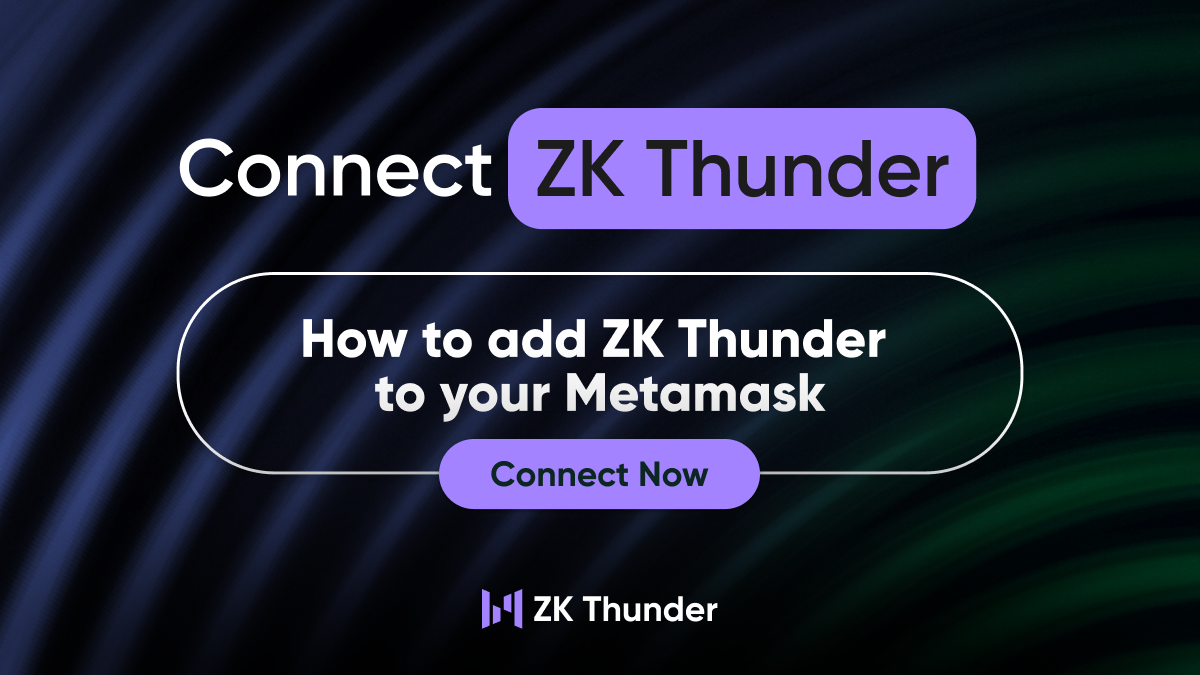
Crypto staking is the process of earning passive income on the tokens you hold by locking them in a smart contract.
In its primary format users lock their tokens to participate in proof-of-stake consensus to support the operation of a blockchain and validate transactions. In other formats it works like a bank; users deposit their tokens with a trusted third party that lends them out to others.
If you’ve ever saved money in a high-yield savings account, you’ve already got the basic idea. In the first scenario the rewards come from the blockchain itself. These rewards are generated through transaction fees and tokens that have been set aside for block rewards.
The Benefits of Crypto Staking
The primary benefit of staking is the ability to earn passive income. By staking your assets, you’re putting them to work, helping the blockchain run smoothly and efficiently, and getting rewarded for it.
Staking actively contributes to the security and decentralization of blockchain networks. By participating in staking, you help validate transactions and maintain the network’s integrity.
Unlike proof-of-work consensus, which consumes significant energy resources, staking is more environmentally friendly. It requires substantially less computational power, making it an eco-conscious alternative.
How to Start Staking
Ready to start staking? Here’s what you need to know.
- Choose a suitable staking token: Research and select a cryptocurrency that supports staking like Mintlayer (ML), Ethereum (ETH), Cardano (ADA), or Polkadot (DOT).
- Set up a wallet: Choose a reliable digital wallet that supports staking for your selected cryptocurrency. Ensure it offers a user-friendly interface and robust security features. Metamask and Trust Wallet are two of the most popular options.
- Acquire the proper tokens: Purchase the cryptocurrency you intend to stake from a reputable exchange. Transfer the tokens to your staking wallet. You can purchase Mintlayer tokens from Gate.io, MEXC, or BingX.
- Select a staking provider: Explore different staking platforms or services that support your chosen cryptocurrency. Compare their staking terms, fees, reputation, and user reviews.
- Delegate, Self-Stake, or Join a Pool: Depending on the staking network, you may have the option to delegate your stake to a validator or participate in self-staking. Understand the advantages and risks associated with each option. If you do not have the minimum number of tokens required you may be able to join a pool with other users.
- Monitor and Reap Rewards: Keep track of your staking rewards and monitor the performance of your staked tokens. You can do this through your staking dashboard.
The Role of Validators in Staking
In the world of crypto staking, validators play a crucial role. They’re responsible for maintaining the network’s integrity. The locked tokens are their “skin in the game”, a financial commitment that encourages them to act honestly for the good of the network.
The larger the stake, the higher the chance they have to be selected for block confirmations and collect rewards.
Participating in Staking Pools
Staking isn’t exclusive to individuals with large crypto holdings. Validators often run staking pools, where they raise funds from multiple token holders.
This is done through a process called delegation. By participating in a staking pool, you can contribute to the network and earn a percentage of the block rewards, even if you don’t have a large amount of tokens.
Consensus Mechanisms and Staking
Not all cryptocurrencies are technically stakable. Staking is technically only possible with cryptocurrencies linked to blockchains that use the PoS consensus mechanism.
Some larger companies like Crypto.com and Coinbase have staking pools, lending platforms, and various products that are served to users as traditional taking.
It is important to understand the difference between staking as a validator to earn network rewards and depositing your cryptocurrency with a third party lender. Companies like Celsius and Block Fi were forced to file bankruptcy in 2022 due to market conditions and poor risk management. User assets that were under their management are locked indefinitely.
Some automated protocols like AAVE fit in between traditional staking and third-party lending. Smart contracts liquidate positions if payments are not made for loans and for margin calls that are not met. These mechanisms help protect your deposit, but it doesn’t negate the fact that your assets are lended to third parties.
Conclusion
Crypto staking is a way to earn passive income from your cryptocurrency holdings. It’s a key part of the Proof of Stake consensus mechanism, which many modern blockchains use. Staking allows you to support the security and efficiency of the networks you believe in while also earning rewards. However, like any investment, it comes with its own risks and requirements. It’s essential to do your research and understand the rules and procedures for staking on each platform before getting started.
Discover more

How to Add ZK Thunder to Metamask
This is a step-by-step guide How to Add ZK Thunder to your Metamask Wallet.

Are Quantum Computers a Threat to Crypto?
We break down the risks posed by quantum computing and explore potential solutions to safeguard blockchain security.

Mintlayer’s Pulsar Consensus: A New Era for Efficiency & Security
We have published our comprehensive white paper on arXiv.org detailing the Pulsar Consensus.